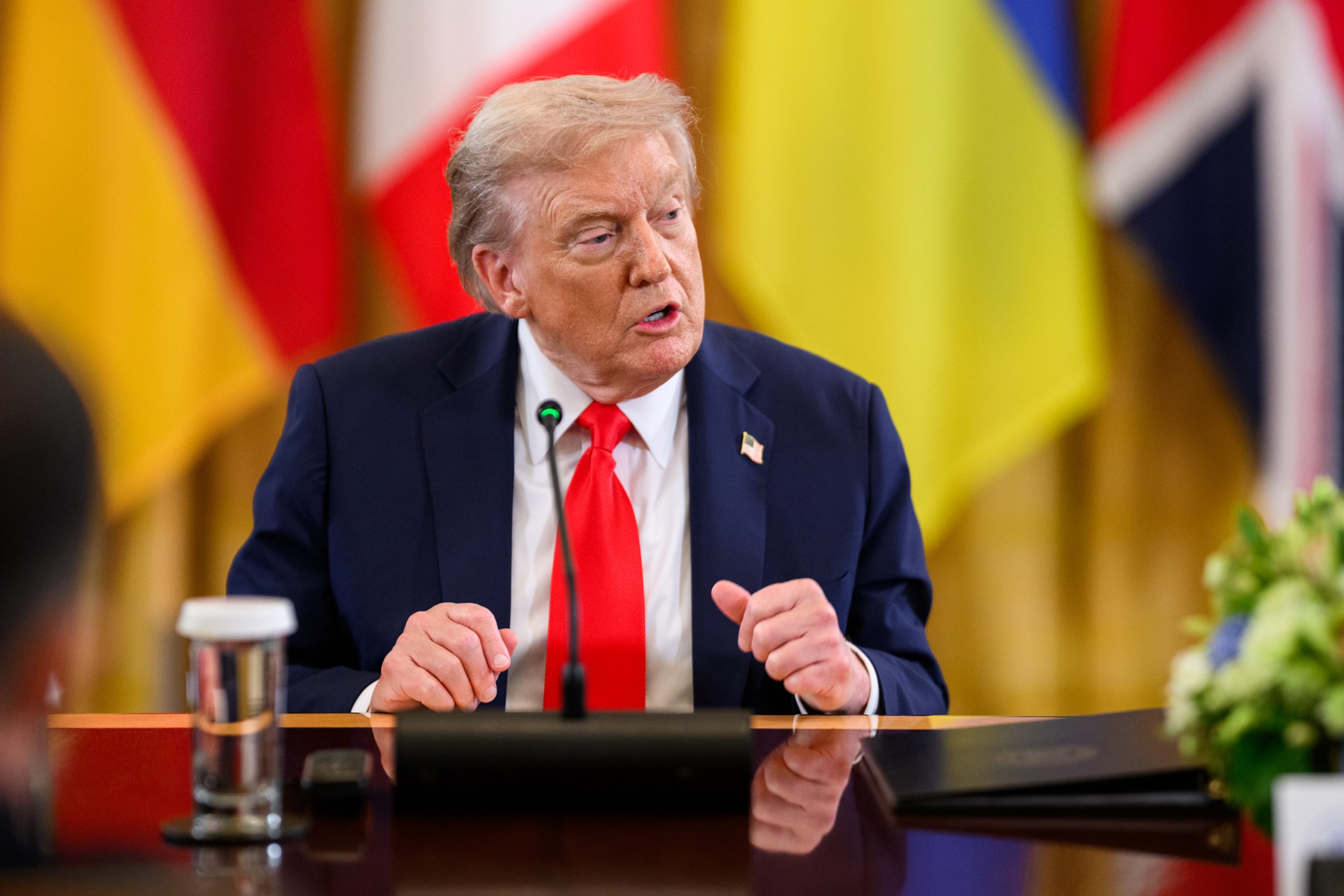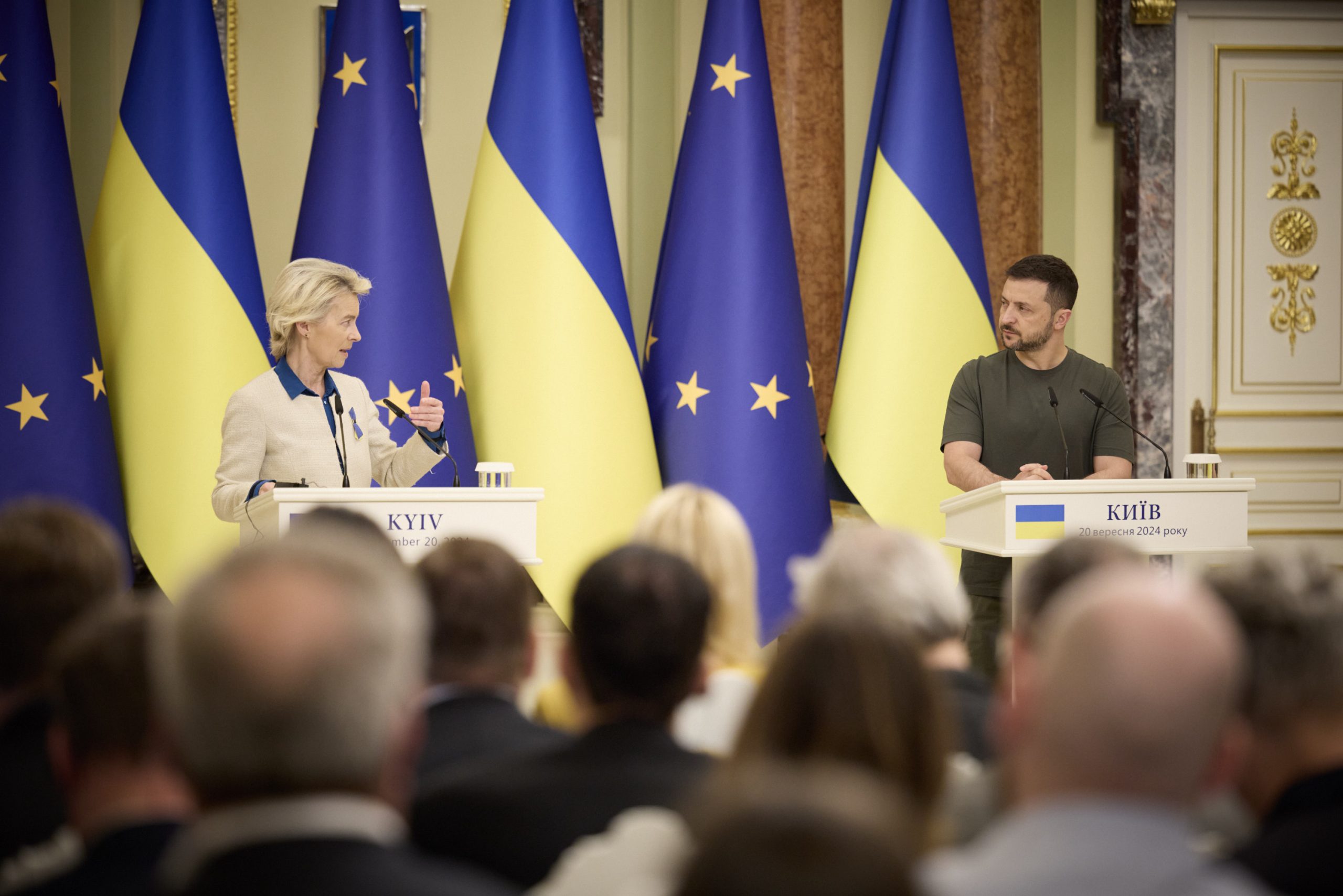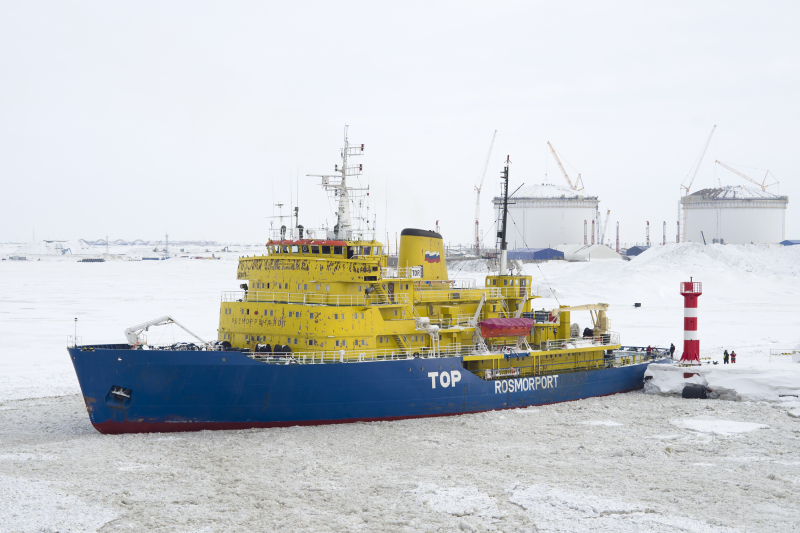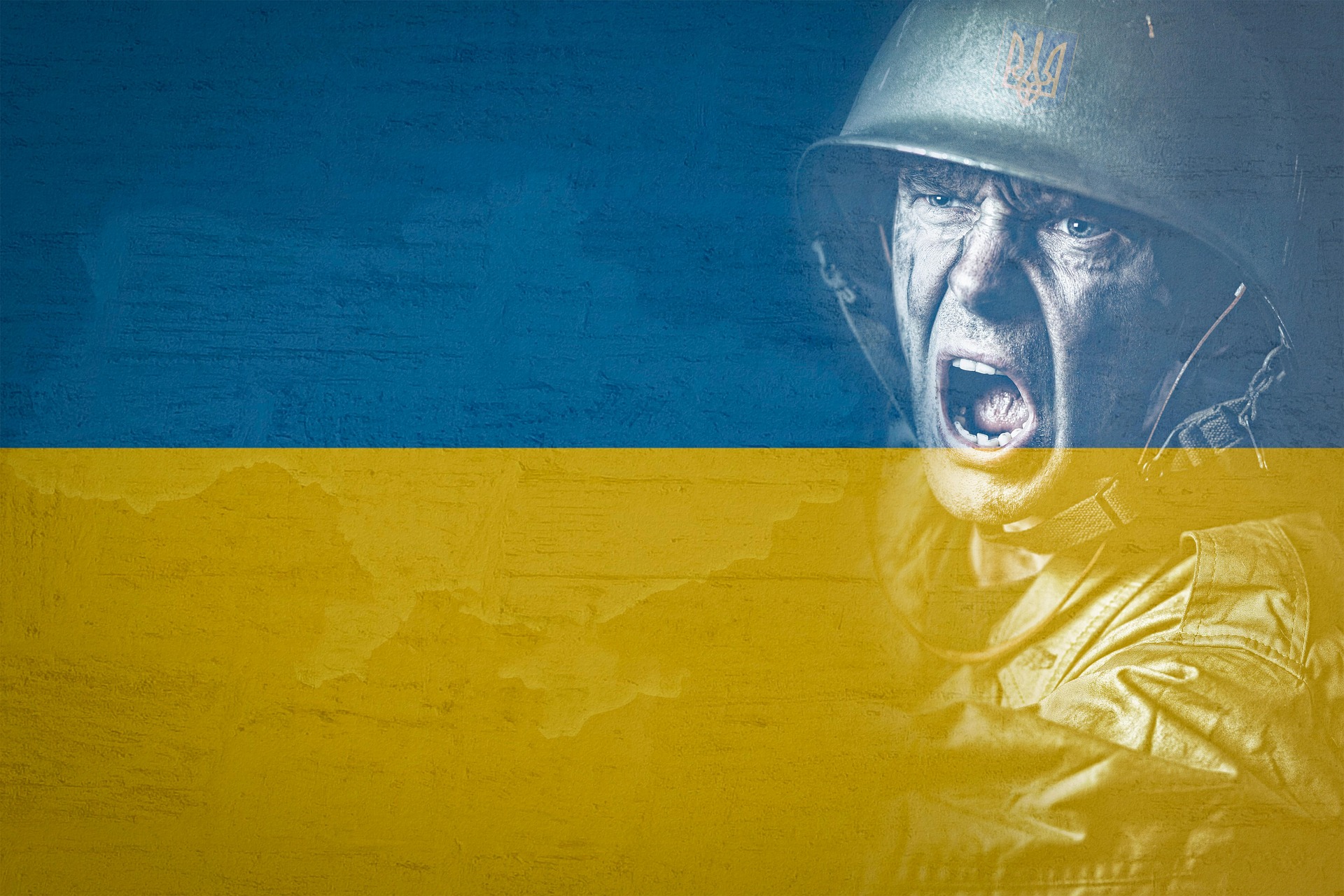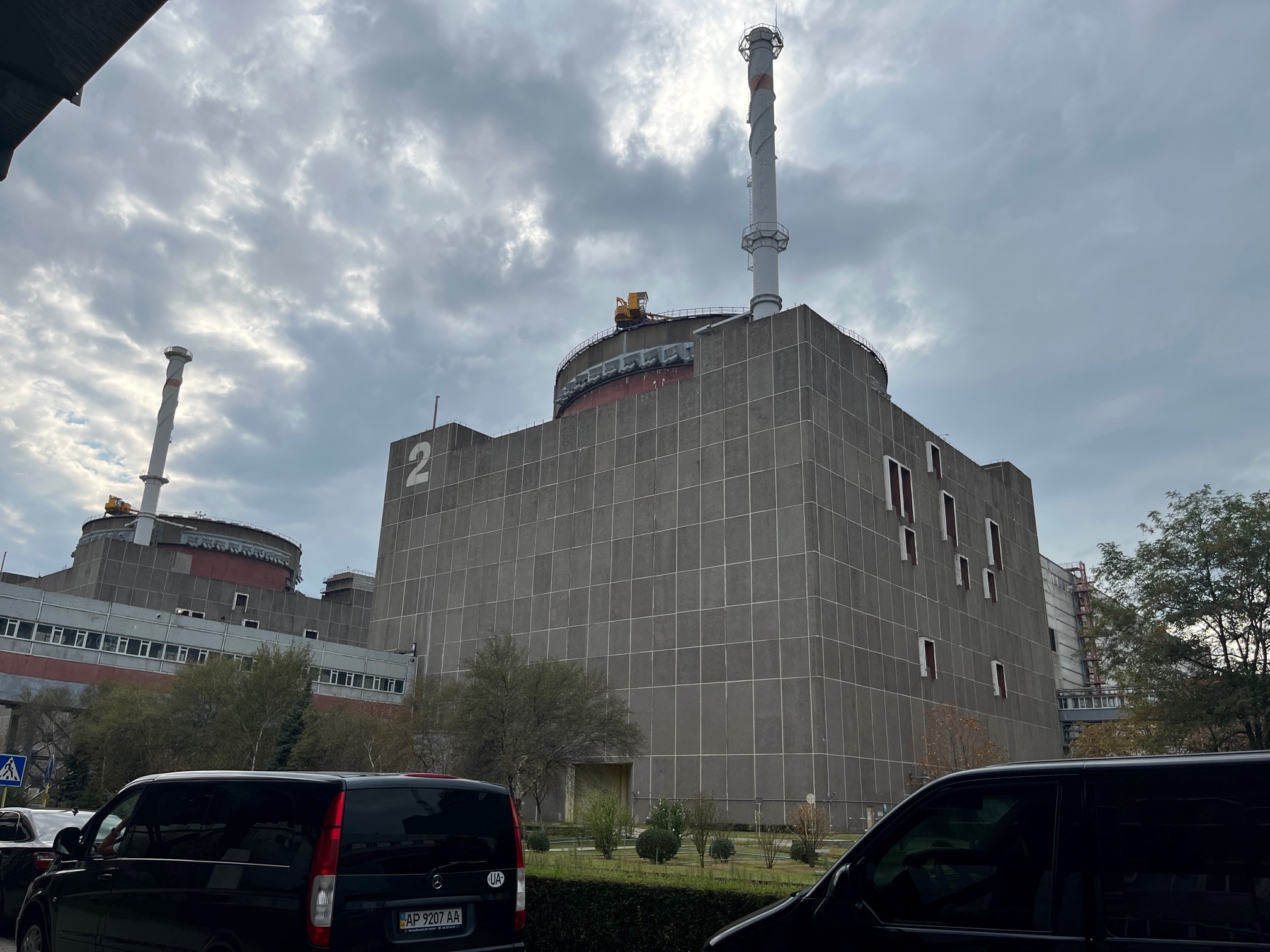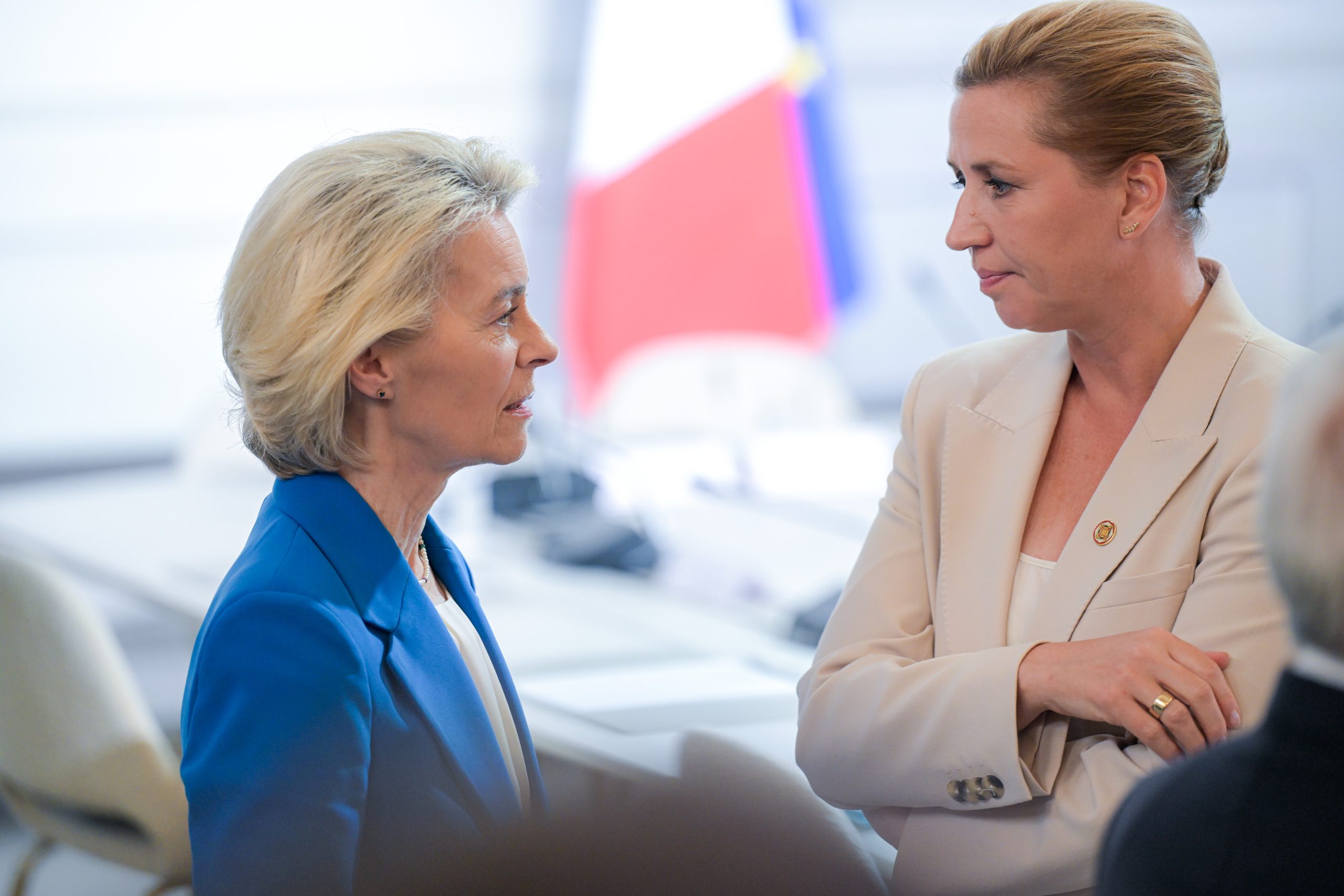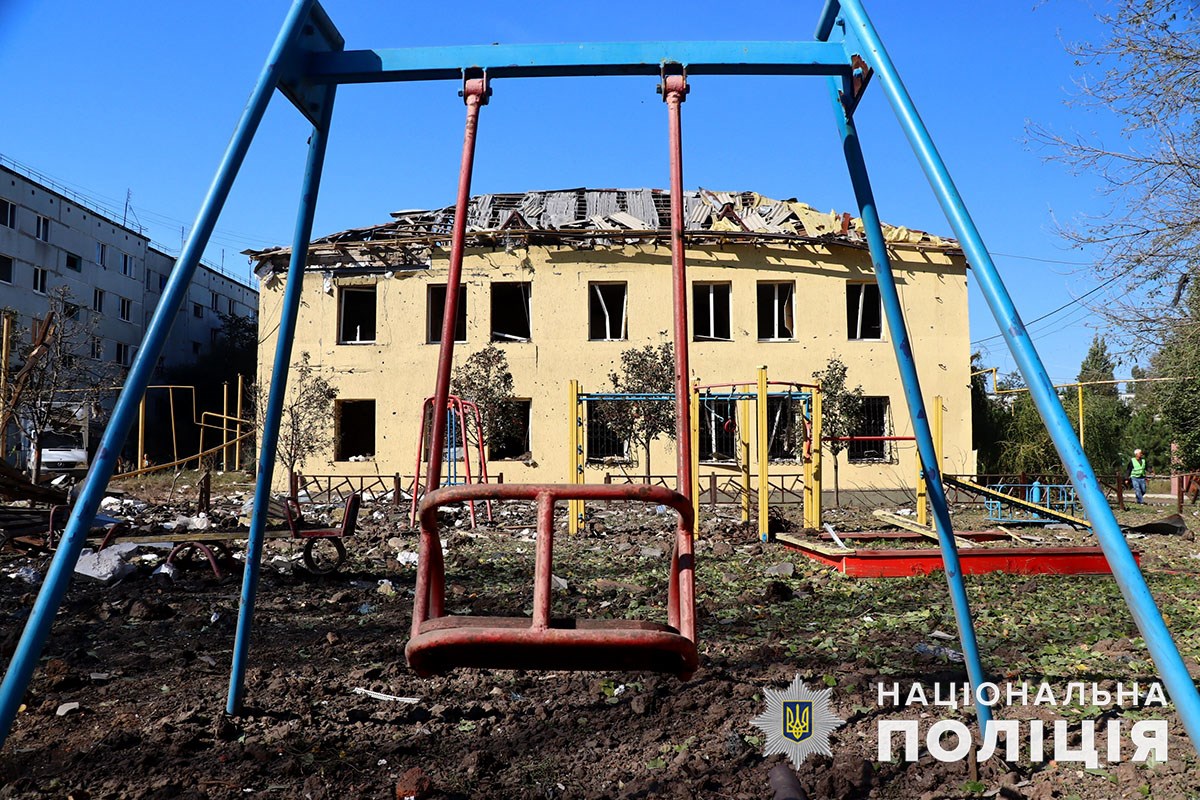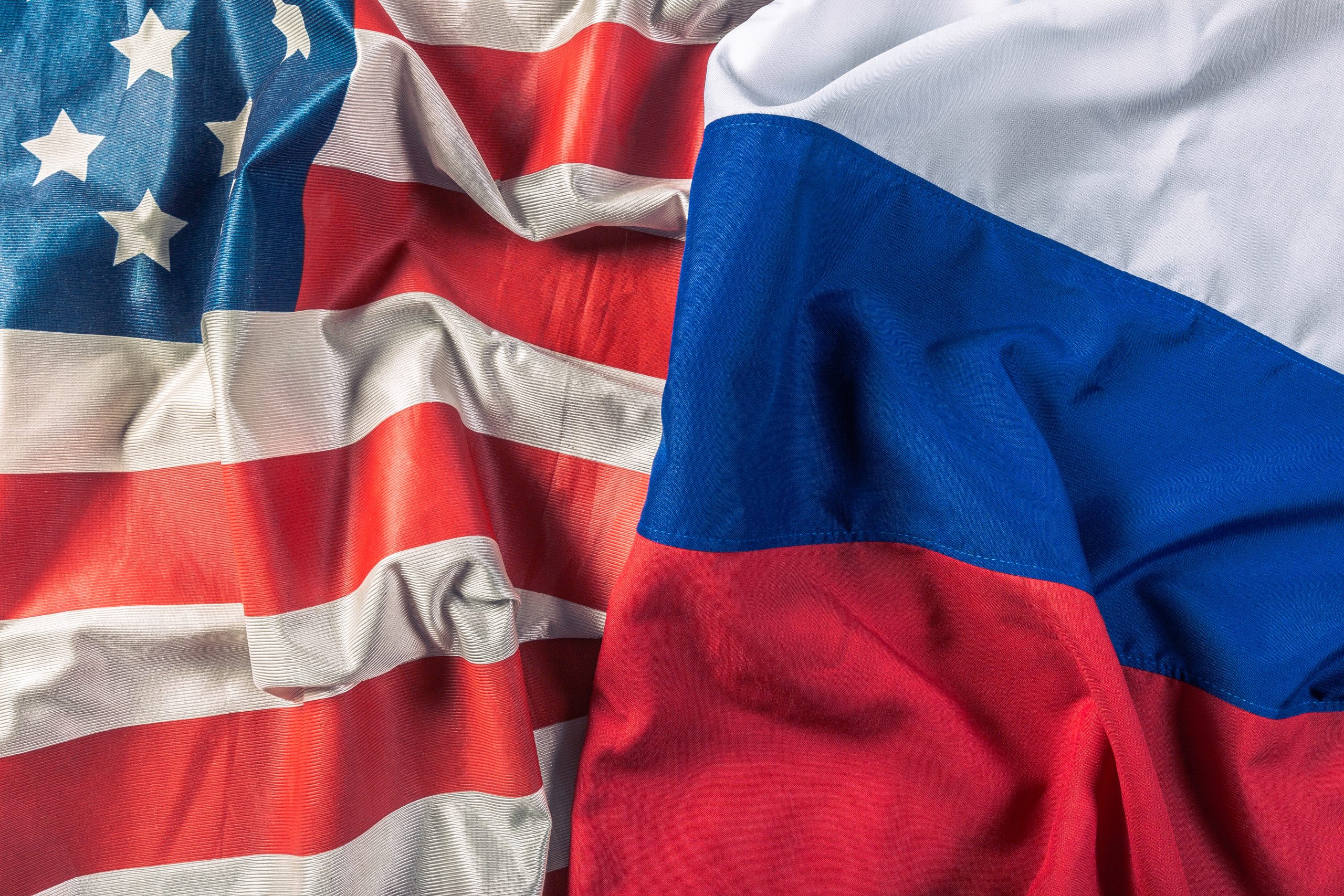Introduction
Moscow talks about peace. But its actions tell a different story. A recent investigation by the Kyiv Independent reveals that while the Kremlin hints at negotiation, it is pouring resources into expanding its missile production. This industrial surge, centered at the Votkinsk plant, underscores Russia’s intent to wage a long war in Ukraine while strengthening its nuclear strike capabilities against the democratic world. You can watch the full investigation here: Kyiv Independent video.
Votkinsk: A State Arsenal on the Rise
Votkinsk is home to one of Russia’s most important missile factories. The Kyiv Independent identifies the Votkinsk plant as central to both short-range and intercontinental missile production. It manufactures the Iskander system, used in repeated strikes on Ukrainian cities, and also assembles nuclear-capable missiles.
The plant is state-owned and directly sustained by government resources. Propaganda videos boast of 2,500 new workers, five additional buildings, and 7,000 pieces of new equipment. Job postings advertise for engineers, CNC machine operators, electromechanics, and machinists. Satellite images confirm new construction, providing visual proof of the expansion. The Kremlin frames this growth as a national achievement even as ordinary Russians face inflation and declining living standards.
The consequences are devastating. In April, an Iskander missile struck a residential area in the Ukrainian city of Kryvyi Rih, killing 20 civilians, including nine children, and injuring 75 more. These missiles are not abstract instruments of power. They are weapons of terror directed at civilian populations.
How Sanctions Are Being Circumvented
The Kyiv Independent documents how the Votkinsk plant has managed to grow in spite of sanctions. Procurement records show that precision CNC milling machines, critical for missile manufacturing, were imported during the war. Many were produced in Taiwan and incorporate Japanese systems but entered Russia through Chinese subsidiaries and Russian front companies.
By using intermediaries, the plant avoids appearing on import records. Official propaganda insists that Votkinsk relies on domestic equipment, but the most advanced machinery has been imported since the invasion began. In early 2023, the plant signed contracts through Russian intermediaries to procure new systems from China. Most arrived in 2024, underscoring China’s role as Moscow’s number one partner in sanctions evasion.
A Production Surge on a National Scale
The results are striking. As the Kyiv Independent reports:
• Russia produced around 700 Iskander missiles in 2024, nearly three times more than the 250 manufactured in 2023.
• Launches of these missiles against Ukraine increased more than fourfold over the same period.
• More than 10 Russian enterprises are now involved in the Iskander production chain, building bodies, guidance systems, and fuel before final assembly at Votkinsk.
This is not a temporary wartime surge. It is a deliberate, coordinated expansion across Russia’s defense industry.
Beyond Ukraine: Long-Range Nuclear Missiles
The most alarming revelation in the Kyiv Independent’s investigation is the renewed production of Bulava intercontinental ballistic missiles. On March 31, 2022, just one month after the full-scale invasion, Russia’s Ministry of Defense ordered Votkinsk to manufacture a new batch.
Bulava missiles are designed for long-range nuclear deployment from submarines. They have no relevance for combat in Ukraine. Their intended targets are thousands of miles away, including NATO allies and the United States. This confirms that Russia’s military planning is aimed not just at Ukraine but at global confrontation with the democratic world.
What Democracies Must Learn
The Kyiv Independent’s findings are a warning. Russia is not preparing for peace. It is preparing for prolonged war and nuclear intimidation.
- Sanction loopholes must be closed. Export controls require tighter enforcement and international coordination.
- Independent journalism must be protected and supported. Without investigations like this, the scope of Russia’s buildup would remain hidden.
- Transatlantic unity must be reinforced. Russia’s actions are a direct challenge to European security and U.S. global leadership.
Conclusion
“Look not at what Russia says, but what it does,” the Kyiv Independent reminds us. Russia is accelerating missile production at Votkinsk, producing weapons that devastate Ukrainian cities and long-range nuclear systems designed to intimidate democracies across the globe.
For Ukraine, for Europe, and its allies everywhere, the lesson is urgent. Peace will not come from rhetoric but from action. Words of peace mean nothing while missiles roll off state-owned assembly lines, aimed at civilians and democratic nations alike.
Picture Caption: Aftermath of Russian attack on Kurakhove city (Donetsk region of Ukraine) by Iskander missiles in the evening of 21 September 2023. A two-story building was destroyed by a direct hit; a total of 23 apartment buildings, a school, 2 shops, transformer, garages and 8 cars were damaged. 15 civilians and a police officer were injured. Photo by: National Police of Ukraine

